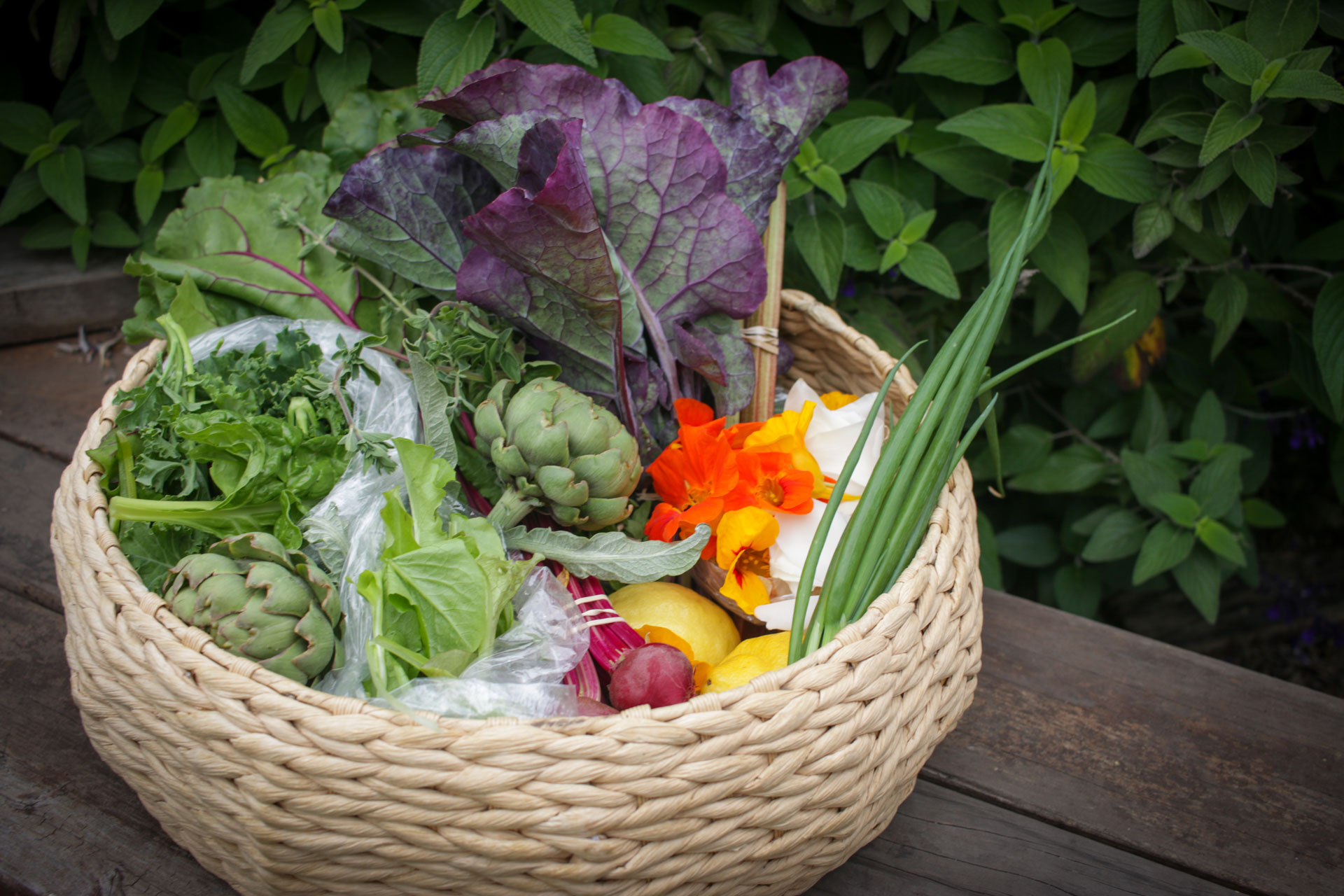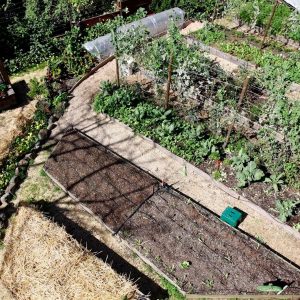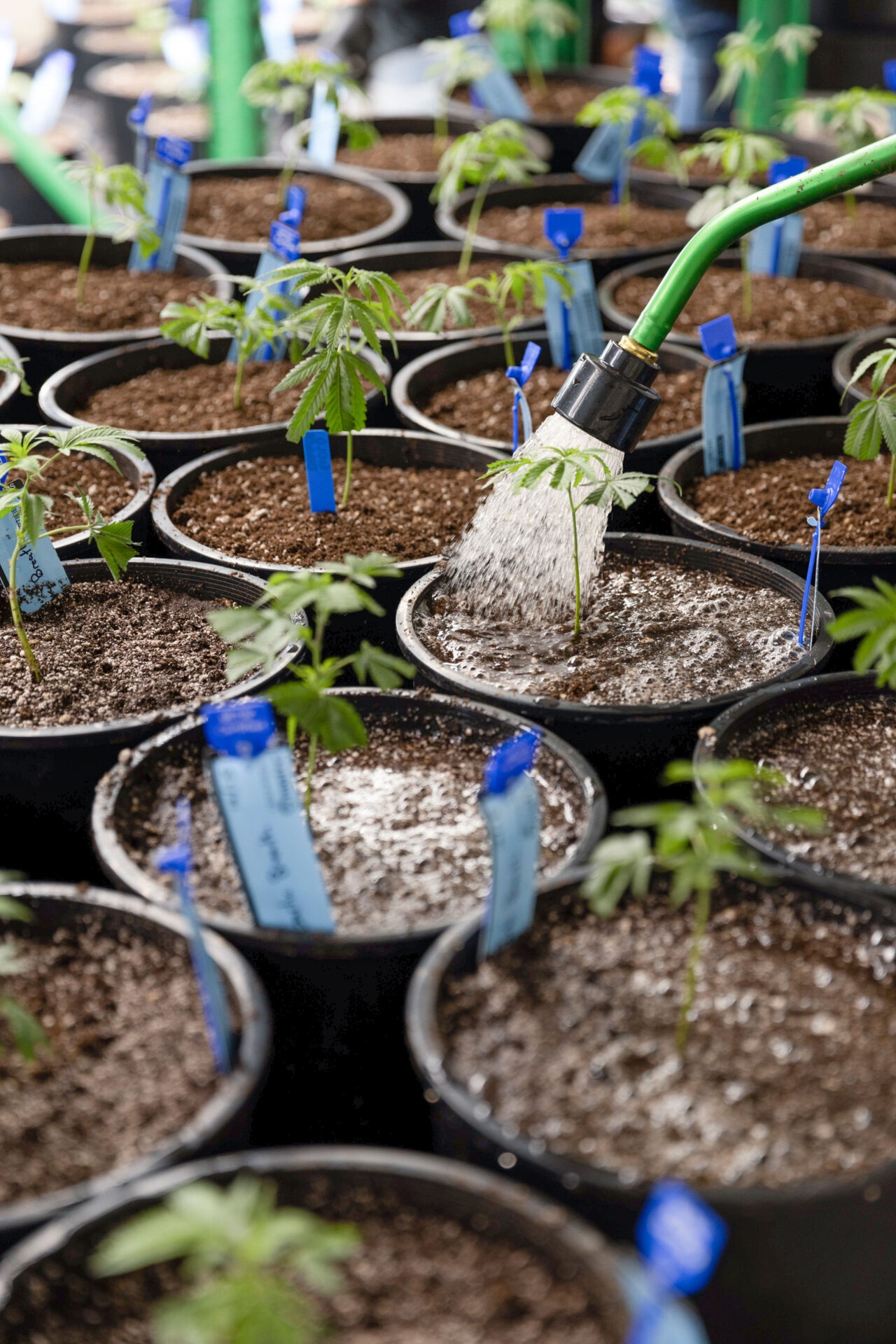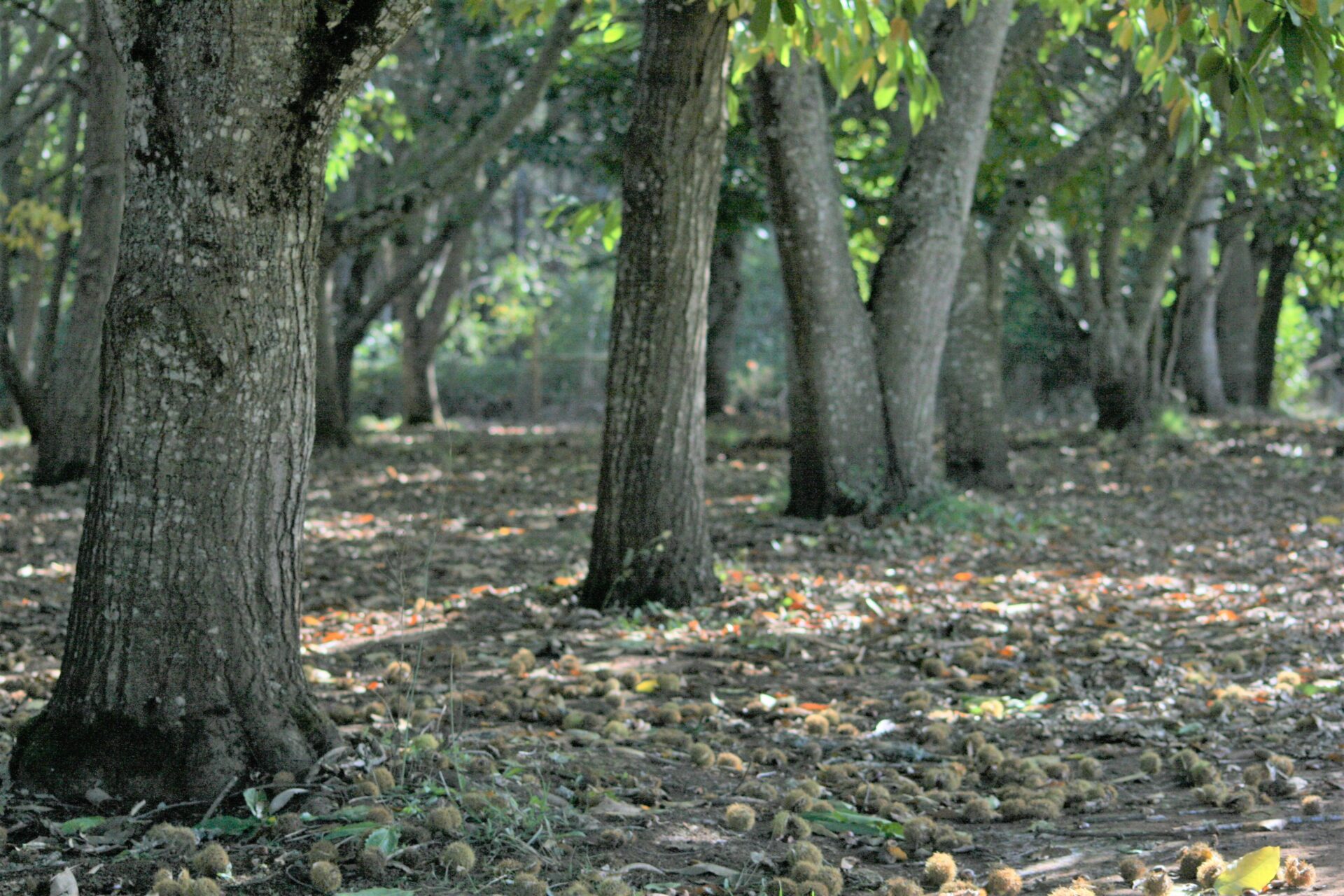
The little-known recent Berkeley Urban Ag Ordinance zoning changes cultivate growing food together by allowing adaptive city farm production and programming in backyard, community garden and vertical farm settings, setting precedent for other cities, thanks to the Berkeley Food Policy Council, the Berkeley Community Garden Collaborative and Slow Food East Bay. The Oakland Food Policy Council before them had successfully advocated for the “Right to Grow Food” citywide in 2014. In fact, urban and peri-urban food policy councils have been organizing food system changes for more equitable food access, with nearly 300 councils in the U.S. as of 2021, each with goals of more nutritious, affordable and local food, many in communities with limited fresh food access. Both the zoning changes and groups organizing them are catalysts for the kinds of cooperative, community-based food and ag business and nonprofit efforts that can keep cities diverse, and support homegrown current-resident-based micro-economic development, with minimal start-up costs.
Zoning Changes
In 2018, the Berkeley City Council adopted a newly revised Urban Ag Zoning Ordinance to further allow citywide food growing, provide criteria for city agricultural land use intensity, set local food sales/crops parameters and provide guidance for associated agricultural education opportunities. For years, growing food on a Berkeley vacant lot was a rabbit hole complicated by incomplete agricultural land use zoning guidance. This ambiguity left city staff and residents to self-interpret statutes, despite increasing interest in urban farming that could bring neighborhood residents closer together. The Berkeley Food Policy Council, Berkeley Community Garden Collaborative plus the Ecology Center actively advocated for the new Ordinance, along with the Berkeley Climate Action Coalition. Previously, the Berkeley Residential and Manufacturing Districts Zoning included statutes allowing some “urban ag” in residential areas, but food growing as an agricultural land use was minimally referred to and mostly undefined by City of Berkeley’s Zoning Ordinance criteria.
That older ordinance allowed for commercial farming/gardening in residentially zoned lands as an accessory to a residential use. This meant a residential property with a house or apartment building on it could have a backyard garden supplying food to the neighborhood by sale or donation. Even an occasional produce stand was allowed, however, they were not permitted in other city zones, even on rare, residentially zoned-vacant lots, excepting Manufacturing (M) and Mixed Manufacturing (MM) districts. In zoning statutes for those districts, minimal language specified ag land use limits, except for permit types based on land area occupied. In fact, the Berkeley City Zoning Ordinance defined neither “Farms” nor “Agricultural Uses” in any of its statutes before the amendment; thus, the new ordinance is more comprehensive and helpful.
Urban Farms and Community Gardens
The difference between the two urban agricultural land use intensity levels revolves around thresholds for:
• Parcel size: (less than or greater than 7,500 sq. ft. co-determines designation as an LIUA vs. HIUA land use). Greater than 7,500 sq.ft. requires an Administrative Use Permit (AUP).
• Lot coverage with accessory structures: (<20% of land can include coverage with a greenhouse or toolshed). Must also
comply with Berkeley Accessory Buildings and Structures (Zoning) Chapter.
• Hours of farm and activity operation(s): 8am to 8pm, 7 days/ week. An AUP is required for operations outside of these times.
• Group classes and workshops: Up to 20 participants allowed, up to three times per week. Classes and workshops meeting more often than three times per week would also require an AUP.
• Pesticide use is set as a defining threshold-criteria for HIUA designation, fostering public notification and review through a corresponding AUP review process.
• Cannabis cultivation and small animal husbandry exclusion in Berkeley city farming, as covered under other regulatory statutes, and are not considered allowed urban agricultural land uses.
The City Council referred two distinct 2016 zoning revision matters to the Planning Commission, one on urban ag and the other on community gardens. Both sought clarity in defining city farmland uses, products, permitting and accessory structures, and by setting food-growing land use limits based on intensity of production and use. Prior Berkeley city farming regulations allowed limited sales of “non-processed edibles” without clear definition of allowable crops that could be sold or guidance related to minimizing nuisance-causing agricultural activities (like manure smells and machine noises.) The Planning Commission streamlined inner city food growing regulations, recognizing urban ag’s social, economic and environmental benefits as contributing to the development of vibrant, multicultural, livable cities. Although the 2016 zoning revision issues were referred to separately, the Commission chose not to separate urban farms and community gardens by definition, but by site criteria based on land use extent in production, size and intensity.

As a progressive policy, this combined category upholds urban farms and community gardens as potential community agricultural education centers where neighborhood residents can also learn, for example, the benefits of locally grown produce, or how to save seeds for the next crop. Amended urban ag zoning added statutes on urban farming operations and recognized farming as an activity aligned with the Berkeley Climate Action Plan, fueling zoning reform. Mayor Arreguin had been on City Council when initiating the Council’s two referrals for ordinance revision back to the Planning Commission for review, and collectively, the Planning Commission recommended urban ag be an allowable citywide land use in summer 2018.
A Low-Intensity Urban Agriculture (LIUA) designation includes community gardens or yards where small amounts of food are sold and food is allowed to be grown by right with a Zoning Certificate citywide without being subject to review hearings and excessive fees. Conversely, High-Intensity Urban Agriculture (HIUA) includes urban food-growing land uses requiring higher levels of regulation and/or community input due to greater extent of scale, production for sales and possible needs for increased regulation addressing food safety.
By the end of 2020, the first year of the COVID-19 pandemic, 288 food policy councils nationwide were conducting needed work on food and agricultural legislative changes at local, municipal, county and state levels, comprising extensive policy, program and partnership achievements. In 2021, the Johns Hopkins Center for a Livable Future’s Food Policy Networks project organized a national Power of Food Forum with support from a national design team, which brought together over 525 people from 167 food policy councils and similar groups advocating for policies that create equitable and sustainable food systems (Santo et.al., 2021).
While local urban food growing has been increasing in popularity to the point of recent U.S. Farm Bill establishment of a USDA Office of Urban Agriculture and Innovative Production, globally, >55% of the world’s population lives in cities, with projected increases to 68% by 2050 (United Nations Dept of Economic and Social Affairs’ 2018 Revision of World Urbanization Prospects). Currently, projected food production increases are at 60% by 2066 to feed the growing population, 795 million of whom experience regular hunger or malnutrition, and these kinds of model zoning ordinances are one of many tools that can help meet those needs in your communities, too, and food policy councils can give voice towards those goals.





